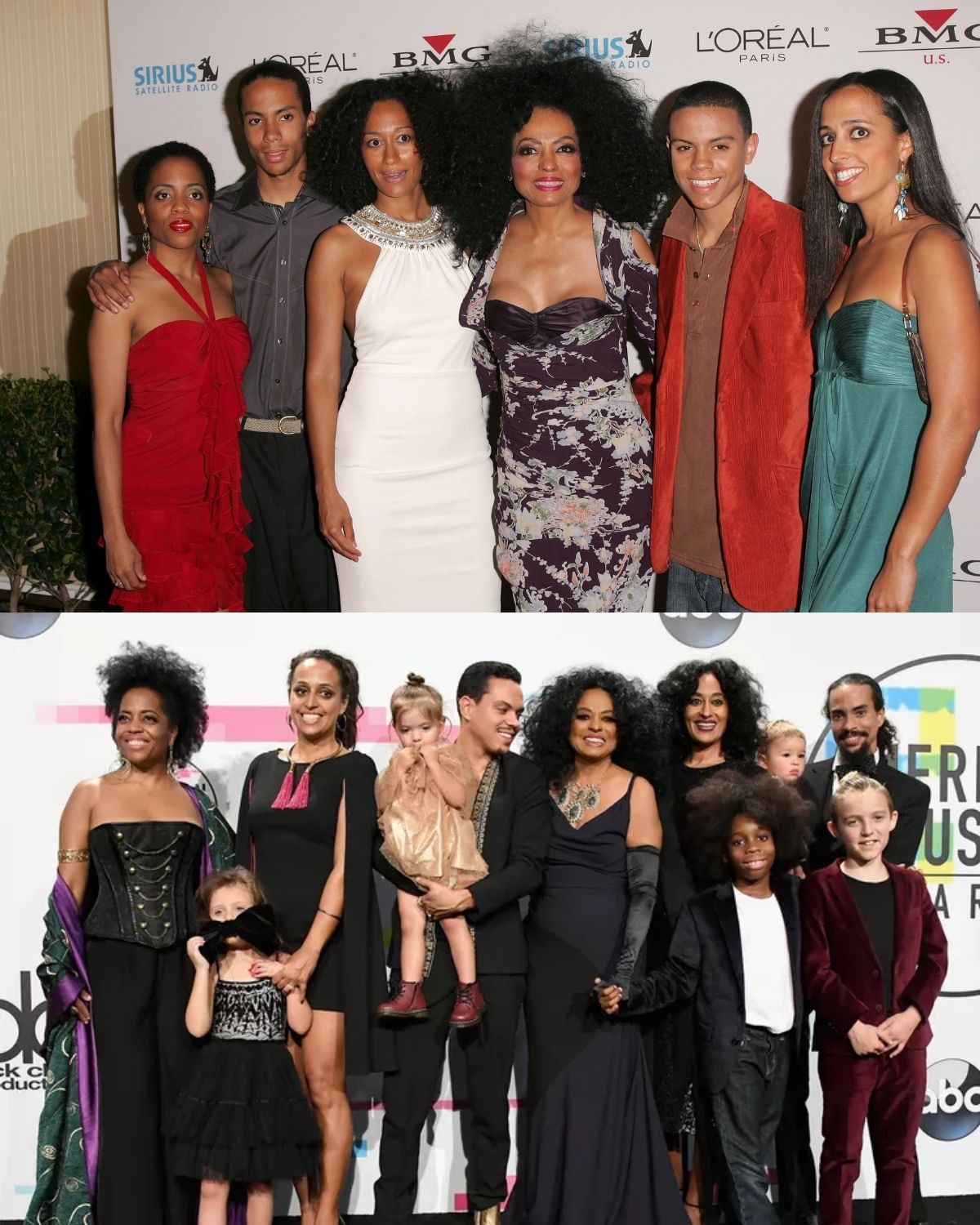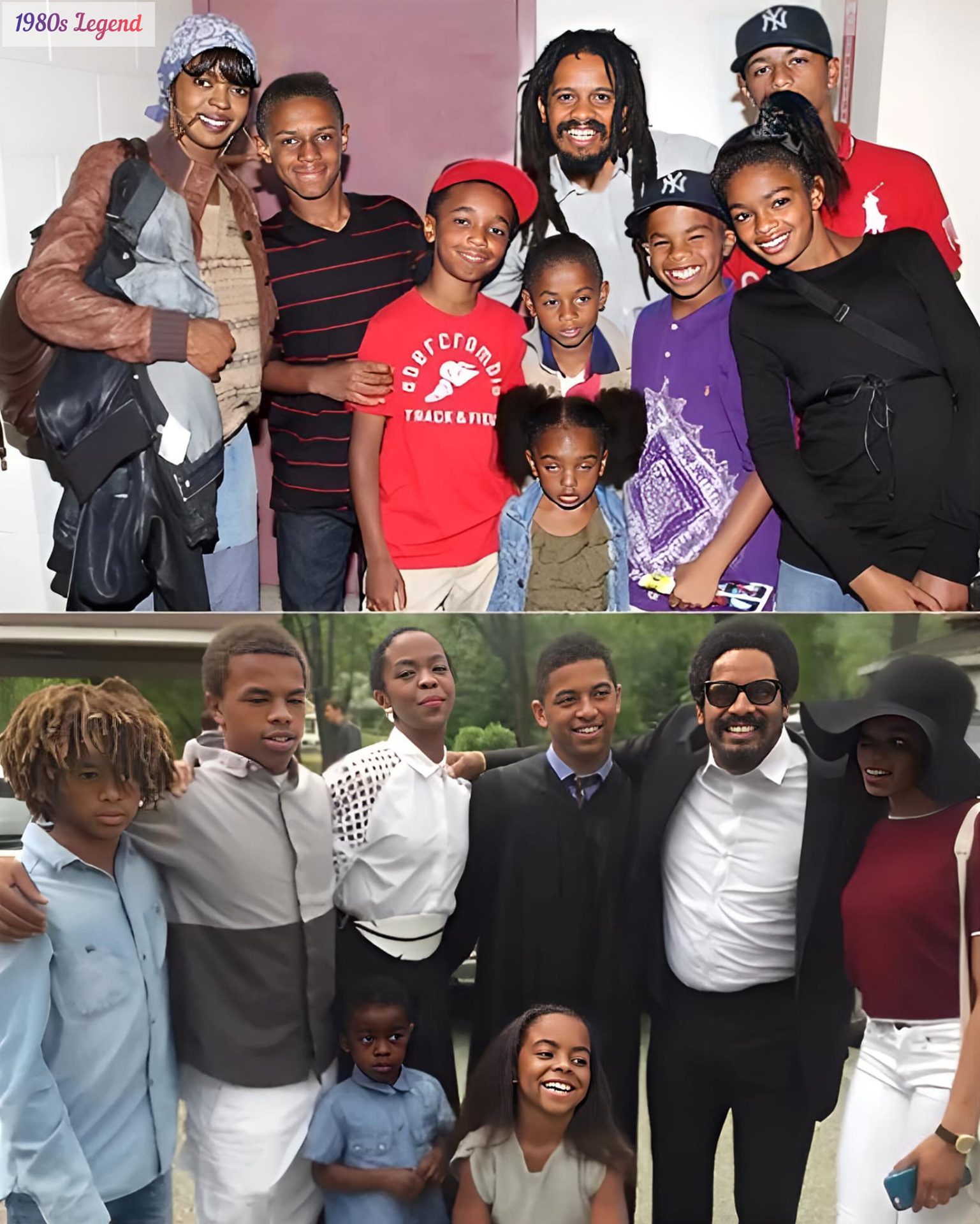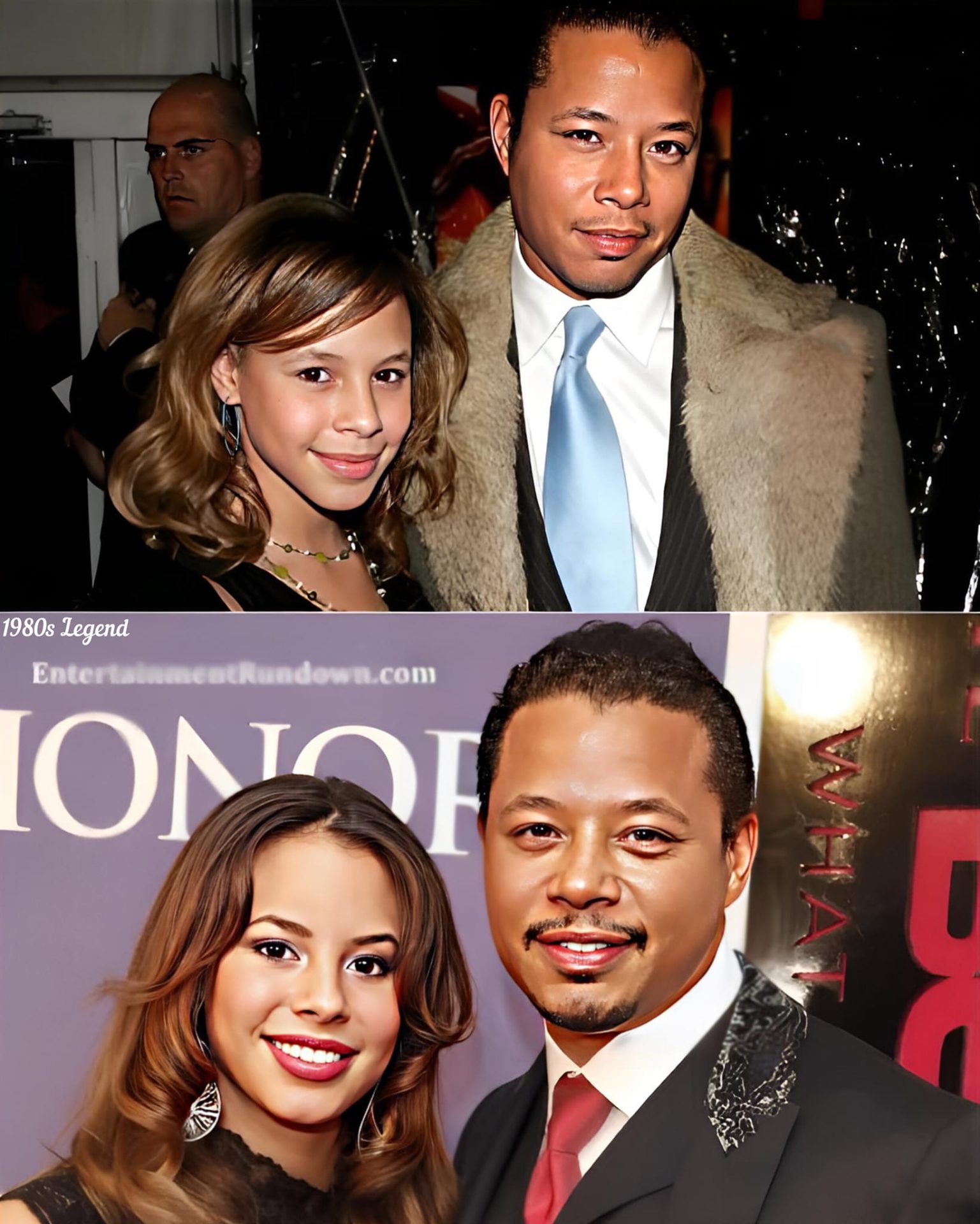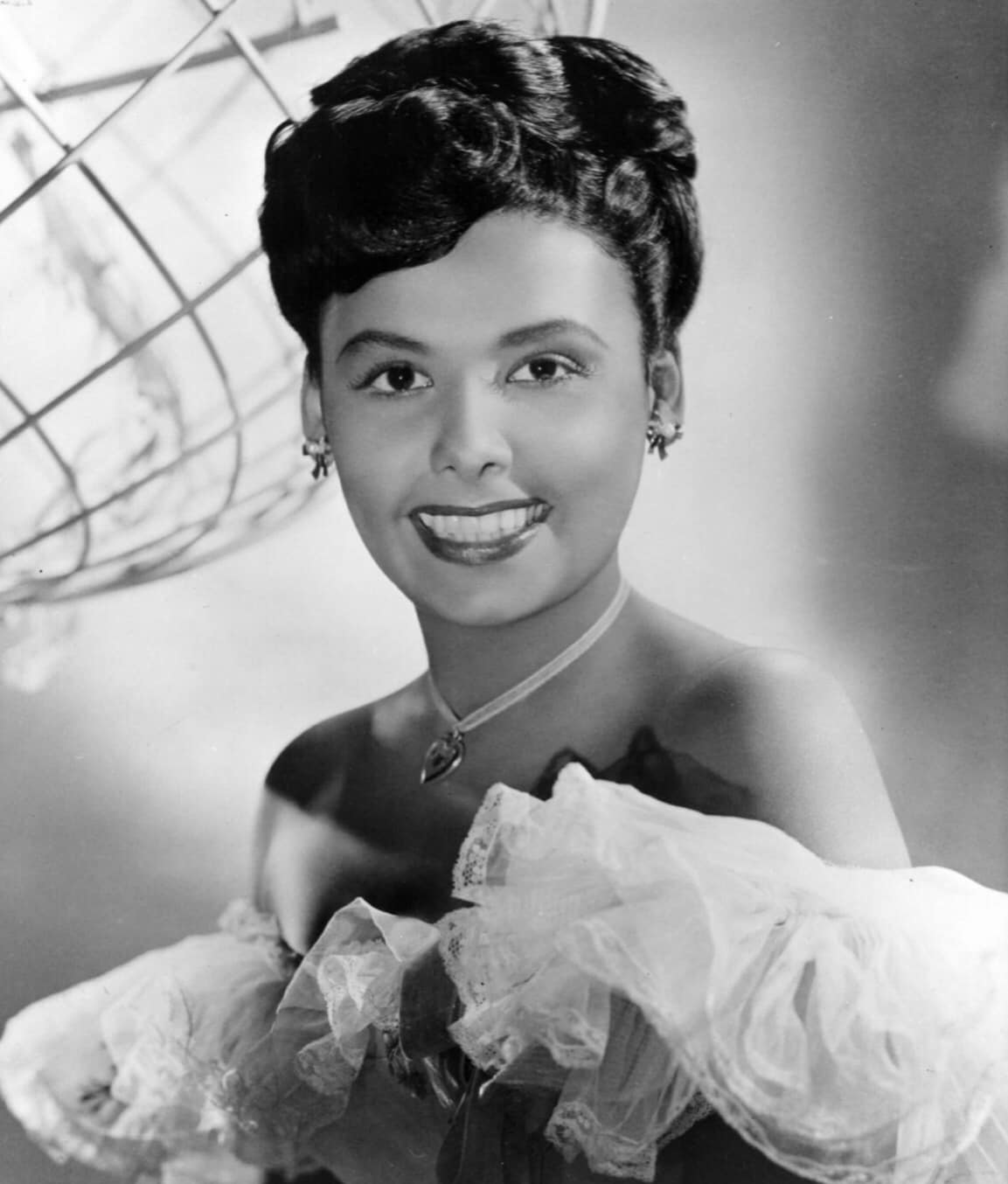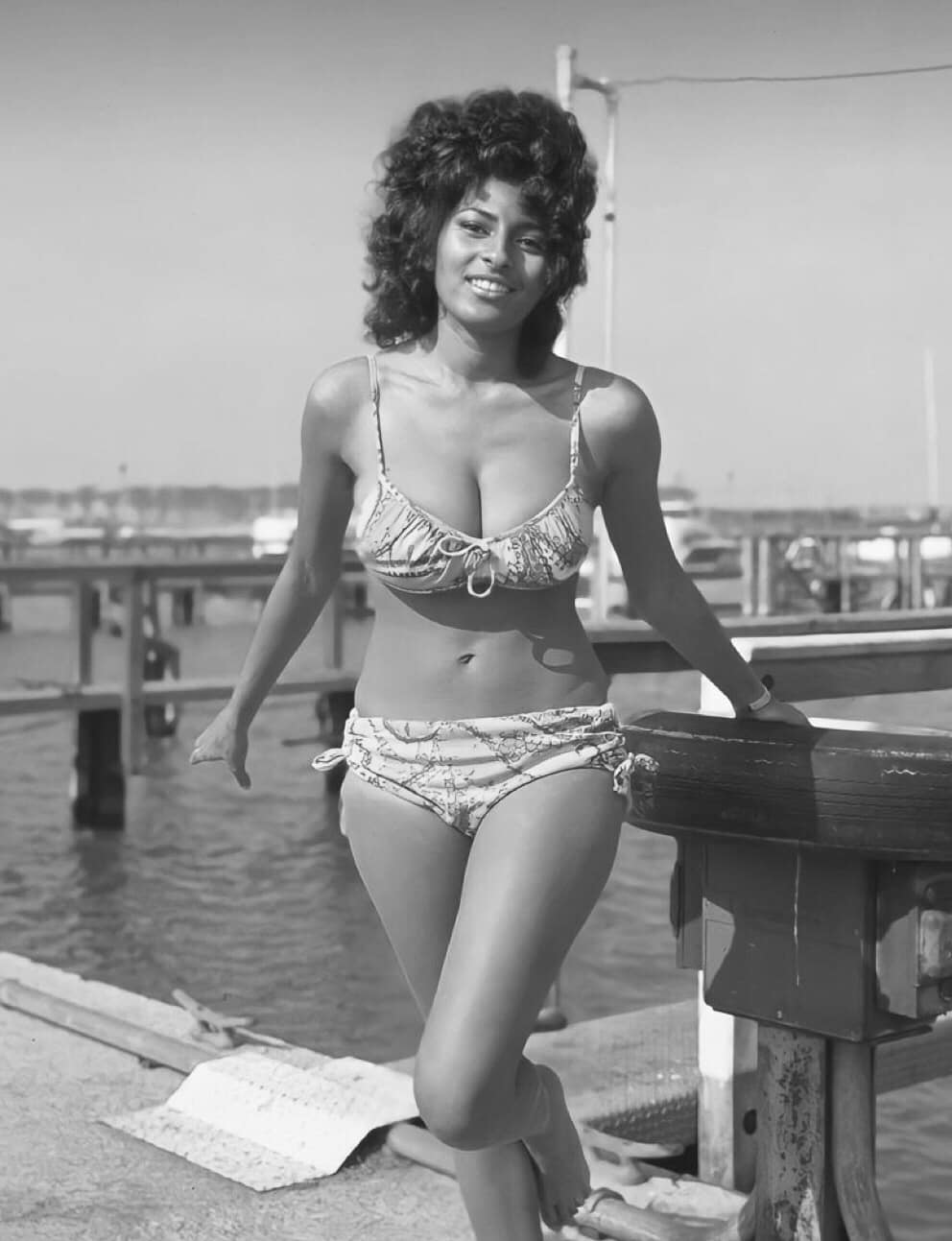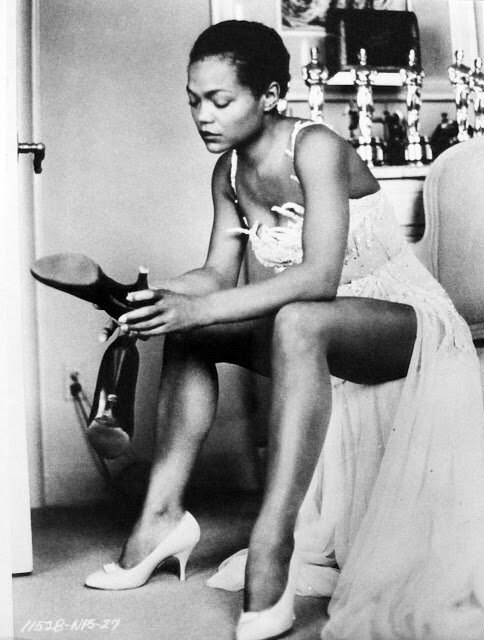Florestine Perrault Collins was an American photographer based in New Orleans. Out of 101 African-American women who identified themselves as photographers in the 1920 U.S. Census, Collins was the only one in the New Orleans area.

Florestine Perrault Collins was one of the first professional African American female photographers in the country.
Collins was 𝐛𝐨𝐫𝐧 to parents who were free people of color and her father had a well-paying job, but as the oldest 𝘤𝘩𝘪𝘭𝘥 of six, she had to discontinue her formal education to help add to the family’s income. She began to photograph at the age of 14 (1909). Her subjects ranged from weddings, communions, and graduations to returning soldiers.
At the beginning of her career, Collins had to pass as white to be able to assist photographers. By the time she opened her own studio, she did not have to hide her race and photographed African-American families. She gained a loyal following and had success, due to both her photography s𝓀𝒾𝓁𝓁s and marketing s𝓀𝒾𝓁𝓁s through advertising in newspapers and playing up the sentimentality of a well-done photograph.
She also often advertised her business by including a photograph of herself to distinguish herself from her male competitors who might not be seen as being as good as taking portraits of babies and 𝘤𝘩𝘪𝘭𝘥ren.
Collins’ career “mirrored a complicated interplay of gender, racial and class expectations”. Indeed, her first husband, Eilert Bertrand, restrained her public appearances, conforming to the conservative idea that married women should devote themselves to domesticity and the household. In the early times of her career, she also had to pass as white in order to increase her employment chances.
“The history of black liberation in the United States could be characterized as a struggle over images as much as it has also been a struggle over rights,” according to bell hooks. Collins’ photographs are representative of that. By taking pictures of black women and 𝘤𝘩𝘪𝘭𝘥ren in domestic settings, she challenged the pervasive stereotypes of the time about black women.
She opened her own portrait studio in New Orleans in the early 1920s.”
